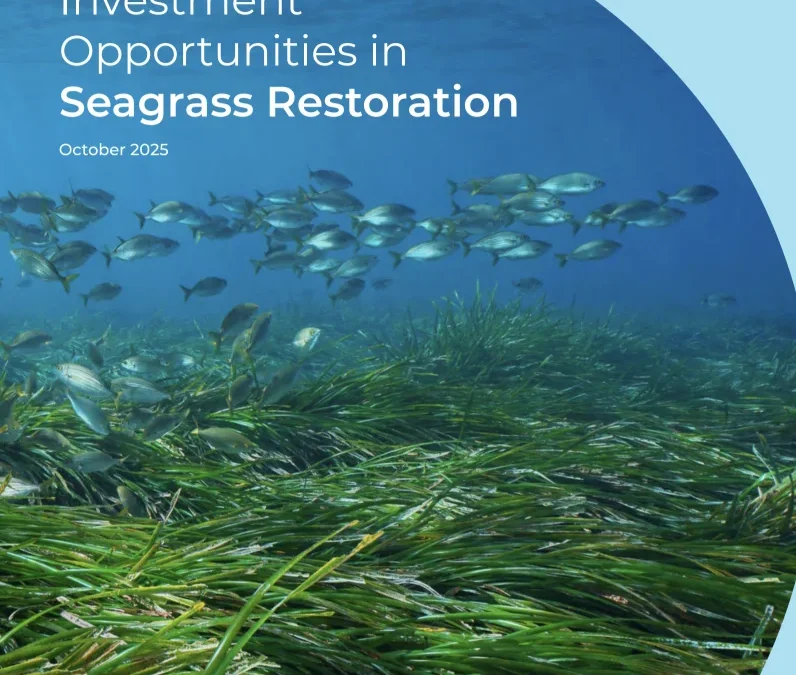The report “Investment Opportunities in Seagrass Restoration” has been released as part of the Interreg Euro-MED ARTEMIS project. Prepared by Ecoacsa and EY Denkstatt Bulgaria, with contributions from Plan Bleu, The Green Tank, and all ARTEMIS partners, the report highlights the potential of innovative financial instruments such as blue carbon credits, biodiversity credits, and payments for ecosystem services (PES).
This report is the first to explore how market-based instruments can support the financing of seagrass meadow restoration and conservation in the Mediterranean — one of the region’s most valuable yet often underestimated ecosystems, now facing unprecedented threats due to human pressures. It draws on the experiences and outcomes of pilot sites across the Mediterranean, where restoration approaches are being tested within the ARTEMIS framework.
The publication emphasizes that Mediterranean seagrass meadows, particularly Posidonia oceanica, provide multiple ecosystem services that are too often overlooked. It also examines how frameworks such as the CSRD, the EU Taxonomy, and the Nature Credit Roadmap can help foster and incentivize investment in restoration. Finally, it introduces market-based tools — including blue carbon credits, biodiversity credits, and payments for ecosystem services (PES) — as mechanisms to finance marine restoration initiatives.
The Interreg Euro-MED ARTEMIS project aims to accelerate the Restoration of Seagrass Meadows in the Mediterranean area through innovative ecosystem-service based Solutions. Project partners include Plan Bleu, Hellenic Centre for Marine Research, Istituto Superiore per la Ricerca et la Protezione Ambientale (ISPRA), Mediterranean Coast and Sea Foundation (MEDSEA), Minorcan Institute of Studies – Socio-environmental Observatory of Menorca (IME[1]OBSAM), Municipality of Monfalcone, ECOACSA, EY Denkstatt, Bax, and the Green Tank.

